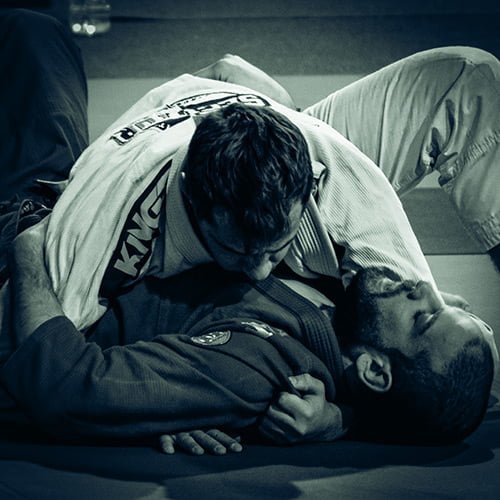Jiu Jitsu Joint Lock
We have covered many different types of Jiu Jitsu leg locks and joint locks over the years but these five are my favorites. They are easy to execute and they work really well.
Jiu Jitsu Joint Locking Techniques
Joint locks are an important part of Brazilian jiu-jitsu (BJJ). These techniques allow you to control your opponent’s joints and limit his ability to move freely.

The Kimura Lock
This technique is one of the easiest to learn and use. It works by locking both of your opponents arms together at the wrist. You then pull down on the arm with your free hand while pushing up on the other arm.
The first technique is called the “Jiu Jitsu” joint lock. This is where you grab the wrist with both hands and pull it towards you. You then use your other hand to push down on the elbow so that it’s bent backwards.
Once you’ve got the arm locked, you need to keep pressure on it until your opponent gives up. If he tries to move his arm away from you, you should apply more pressure.
The second technique is called the “Lateral Lock”. In this case, you wrap one arm around the opponent’s body and twist their arm back. Then you use your free hand to apply pressure to the side of their neck.
This is a good technique to use against an opponent who has their arms pinned down by another person. It works well because the opponent will not be able to move their head to avoid the pressure being applied to their neck.
The “Jiu Jitsu” Lock
To perform this lock, grab the wrist of the arm that’s holding the other person’s hand. Then, pull the elbow towards yourself until the forearm is bent at 90 degrees. You should now be able to apply pressure to the inside of the elbow joint.
The “Hooking” Lock
This technique is used to prevent an opponent from escaping by grabbing the wrist with one hand while applying pressure to the elbow with the other.

If you’re looking to add some serious locks to your Jiu Jitsu game, look no further than heel hooks, calf slicers, and wrist locks. These powerful techniques can easily take down any opponent, regardless of size or strength.
Heel hooks are one of the most dangerous locks in Jiu Jitsu.
They involve twisting your opponent’s heel or ankle, which can cause serious joint damage. To properly execute a heel hook, you’ll need to control your opponent’s leg with your own, and then use your hips to twist their heel.
Calf slicers are another devastating lock that can be used in Jiu Jitsu.
They work by applying pressure to your opponent’s calf muscle, which can cause extreme pain. To properly execute a calf slicer, you’ll need to control your opponent’s leg with your own, and then use your hips to twist their calf.
Wrist locks are a versatile lock that can be used in a variety of ways.
They involve applying pressure to your opponent’s wrist, which can cause them to tap out from the pain. To properly execute a wrist lock, you’ll need to control your opponent’s arm with your own, and then use your hips to twist their wrist.
These are just a few of the many locks you can use in Jiu Jitsu. By mastering these techniques, you’ll be well on your way to becoming a black belt.
